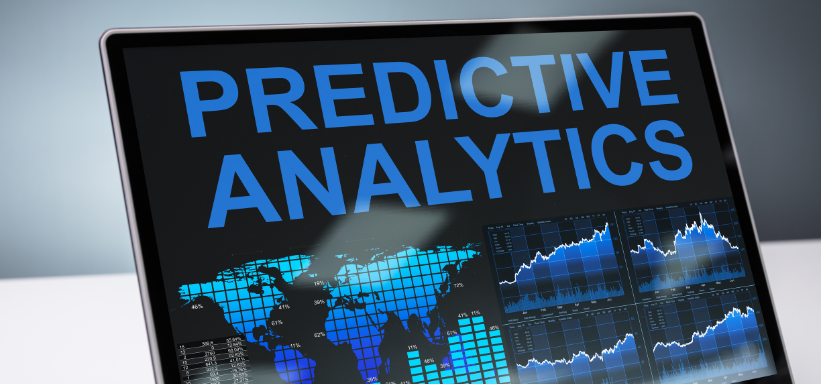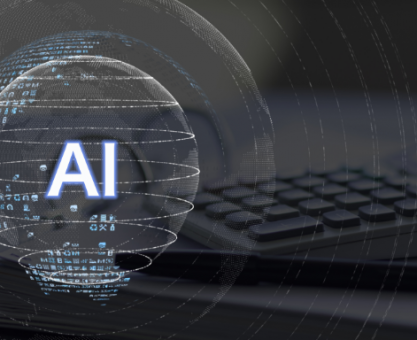Executive Summary
-
Explore how predictive analytics and artificial intelligence (AI) are reshaping global trade.
-
Understand the benefits of AI in streamlining international trade operations.
-
Learn about potential risks and challenges in adopting AI technologies.
-
Discover actionable strategies and expert insights for implementing AI effectively.
-
Access tools and resources to enhance your global trade strategies with AI.
Introduction
In the dynamic landscape of global trade, businesses are continuously seeking ways to improve performance and stay ahead of disruptions. Predictive analytics and artificial intelligence (AI) have emerged as transformative tools that enable organizations to forecast demand, optimize logistics, and manage risk more effectively. For investors, founders, and corporate leaders involved in international trade, these technologies offer the potential to make smarter decisions and enhance competitiveness. This blog explores the impact of predictive analytics and AI on global trade strategies, while also discussing challenges and offering strategic advice for successful adoption.
Definitions / Context
Predictive Analytics involves using historical data, statistical algorithms, and machine learning techniques to predict future events or outcomes.
Artificial Intelligence (AI) is the simulation of human intelligence in machines that are capable of learning from data, recognizing patterns, and making decisions.
Together, predictive analytics and AI are helping companies make more informed decisions in real time, offering critical insights into global trade operations.
Benefits / Pros
-
Improved Demand Forecasting: AI algorithms can forecast sales trends and seasonal demand more accurately, aiding inventory planning.
-
Optimized Supply Chains: Predictive models detect inefficiencies and bottlenecks, reducing lead times and enhancing delivery reliability.
-
Enhanced Risk Management: AI can identify potential risks, such as political instability or port delays, allowing businesses to respond proactively.
-
Cost Reduction: Automation reduces labor costs, while data-driven insights prevent overstocking or missed sales.
Risks / Cons / Challenges
-
Data Privacy Concerns: Using AI requires massive data input, which could raise legal and security issues.
-
Integration Complexity: Merging AI tools with legacy trade systems often demands significant time and expertise.
-
Dependence on Data Quality: Faulty, outdated, or biased data can lead to inaccurate predictions and poor decisions.
-
Regulatory Compliance: Businesses must ensure AI systems comply with global trade and data protection regulations.
Step-by-Step Process
Implementing AI in Global Trade Operations:
-
Assess Needs: Identify trade-related processes that can benefit from AI—such as inventory planning or risk analysis.
-
Data Collection: Organize historical and real-time trade data, ensuring it is clean and reliable.
-
Select Technologies: Choose AI platforms that specialize in predictive analytics for logistics, demand planning, and risk forecasting.
-
Integration: Collaborate with IT experts to ensure seamless integration with existing systems.
-
Monitor and Optimize: Continuously evaluate AI outputs and tweak algorithms as required.
A major global retailer utilized AI to overhaul its supply chain management. By implementing predictive analytics, the company reduced stockouts by 30% and improved delivery times by 20%, leading to a significant increase in customer satisfaction and sales.
Global Retailer Enhances Supply Chain with AI–
Expert Tips / Strategic Insights
-
Adopt a Phased Approach: Start small and scale AI implementation gradually to avoid system disruption.
-
Invest in AI Talent: Build internal expertise or hire specialists to interpret AI insights effectively.
-
Track ROI: Regularly assess the return on AI investments and refine your approach for maximum impact.
-
Stay Updated: Follow developments in AI regulations and technologies to ensure compliance and competitiveness.
Tools / Resources / Calculators
-
AI Platforms: IBM Watson, Google Cloud AI – for predictive analytics and modeling.
-
Data Visualization: Tools like Tableau and Power BI help in interpreting trade data clearly.
-
Regulatory Resources: Access trade compliance guidelines from WTO and other international bodies.
Conclusion
Predictive analytics and AI are no longer optional tools—they are essential for companies aiming to lead in global trade. These technologies provide meaningful insights, streamline operations, and reduce uncertainties. While challenges such as data privacy and system integration remain, businesses that take a strategic and informed approach to AI adoption can unlock new levels of efficiency and growth.






















